Selecting the right material handling equipment (MHE) is a vital decision that directly impacts safety, efficiency, cost, and productivity in any industrial environment. Whether you’re designing a warehouse layout, managing a logistics operation, or optimizing a manufacturing floor, your equipment choices must align with the unique demands of your workflow.
But how do you make the right decision? This guide breaks down the key factors to consider when selecting material handling equipment, drawing on best practices used in industries such as logistics, manufacturing, food processing, and construction.

Table of Contents
ToggleWhy the Right Material Handling Equipment Matters
Efficient material handling boosts throughput, minimizes workplace injuries, maximizes space, and lowers operational costs. Poor equipment selection can result in:
- Damaged products
- Wasted energy and labor
- Workplace accidents
- Higher maintenance costs
This makes understanding your equipment needs critical—especially when balancing between automated vs manual material handling.
1. Type of Material
The characteristics of the material you’re handling determine everything from lift capacity to gripping surface. Ask:
- Is the load heavy or light?
- Fragile or durable?
- Bulky or compact?
- Does it require special handling, like a granite countertop?
🔗 granite countertop
Examples:
- Use vacuum lifters for glass or stone
🔗 Vacuum Lifters - Slab lifters for thick stone or tile
🔗 Slab Lifters - Paver lifters for construction settings
🔗 Paver Lifter AVPL40
2. Volume and Frequency of Handling
High-volume or fast-moving items are best suited for automated material handling systems, while occasional or low-volume tasks might justify manual material handling tools.
If you handle hundreds of SKUs daily, invest in:
- Conveyors for material handling
- Robotic arms
- Vertical lift modules
- Pallet shuttles
These industrial material handling solutions significantly reduce handling times and improve consistency.
3. Distance of Material Movement
Distance between workstations or storage zones influences your choice:
- Short distances → carts, trolleys, or hand trucks
- Medium distances → forklifts or AGVs
- Long distances → conveyors or AS/RS systems
For narrow aisles or high racks, overhead material handling systems like jib cranes offer vertical access with minimal floor disruption.
4. Work Environment
Is your facility a warehouse, outdoor job site, cold storage room, or cleanroom?
- Material handling in food industry: Requires stainless steel or non-contaminating systems
- Pharmaceutical material handling systems: Must comply with GMP and contamination control
- Material handling in construction: Requires durable, weather-resistant gear
- Material handling in logistics: Emphasizes speed, tracking, and integration
5. Space Constraints
Evaluate floor space, ceiling height, and aisle width. Use vertical solutions when floor space is limited:
- Overhead cranes and hoists
- Automated storage and retrieval systems (AS/RS)
- Mezzanines and vertical shelving
Also consider traffic flow and clearances for forklifts for material handling and carts.
6. Labor Skill Level
The complexity of equipment must match your team’s capabilities. Complex systems require trained operators and maintenance staff.
- Provide material handling training programs
- Include signage and safety protocols
- Enforce proper dress codes
🔗 Loose Clothing Is Best to Wear When Handling Material?
🔗 How Does Material Handling Impact the Human Labor Force?
7. Safety Requirements
Safety is non-negotiable. Choose equipment that complies with local and international material handling safety standards. Features to look for:
- Emergency stop buttons
- Load indicators
- Guardrails and grip surfaces
- Automated collision prevention for AGVs
8. Cost and ROI
Your decision must balance budget with expected performance. Consider:
- Initial purchase cost
- Installation and integration
- Maintenance expenses
- Energy consumption
- Lifespan and resale value
For budget-conscious operations, explore:
- Used material handling equipment for sale
- Low-cost material handling solutions for small businesses
9. Scalability and Flexibility
Choose modular or adaptable systems that can evolve as your operations grow. For example:
- Modular conveyors that expand or curve
- Stackable storage racks
- Forklift attachments that handle multiple load types
10. Integration with Existing Systems
Ensure compatibility with:
- Current WMS or ERP systems
- Other warehouse material handling equipment
- Layout and infrastructure constraints
You’ll need support from experienced material handling system suppliers and material handling equipment manufacturers to ensure seamless integration.
Examples Across Industries
| Industry | Equipment Used | Consideration |
|---|---|---|
| Manufacturing | Forklifts, cranes | Heavy-duty tools, throughput |
| Construction | Hoists, lifters | Rugged tools, weather resistance |
| Warehousing | AS/RS, conveyors | Storage optimization, speed |
| Logistics | AGVs, trolleys | High accuracy, traceability |
| Food/Pharma | Sealed conveyors | Hygiene and temperature control |
🔗 What Are the Methods of Material Handling?
Final Thoughts: Selecting the Right Equipment
Choosing the right material handling equipment is not just about purchasing a tool—it’s about designing an efficient, safe, and scalable operation that can grow with your business.
Summary of Key Factors:
- Type, size, and fragility of material
- Handling volume and frequency
- Movement distance and storage layout
- Environmental and space conditions
- Skill level and safety compliance
- Budget and ROI expectations
With these considerations, you can confidently evaluate and implement the best material handling equipment for warehouses, construction, logistics, or manufacturing.

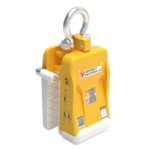
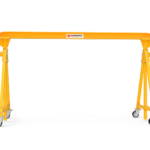
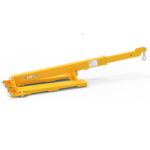
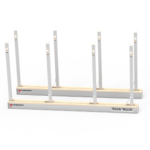
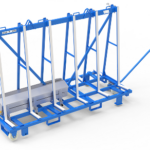

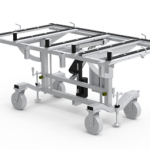
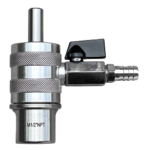
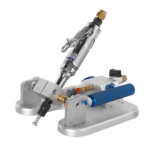
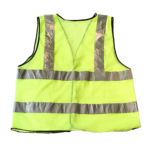
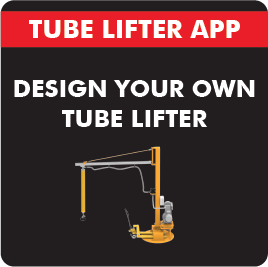
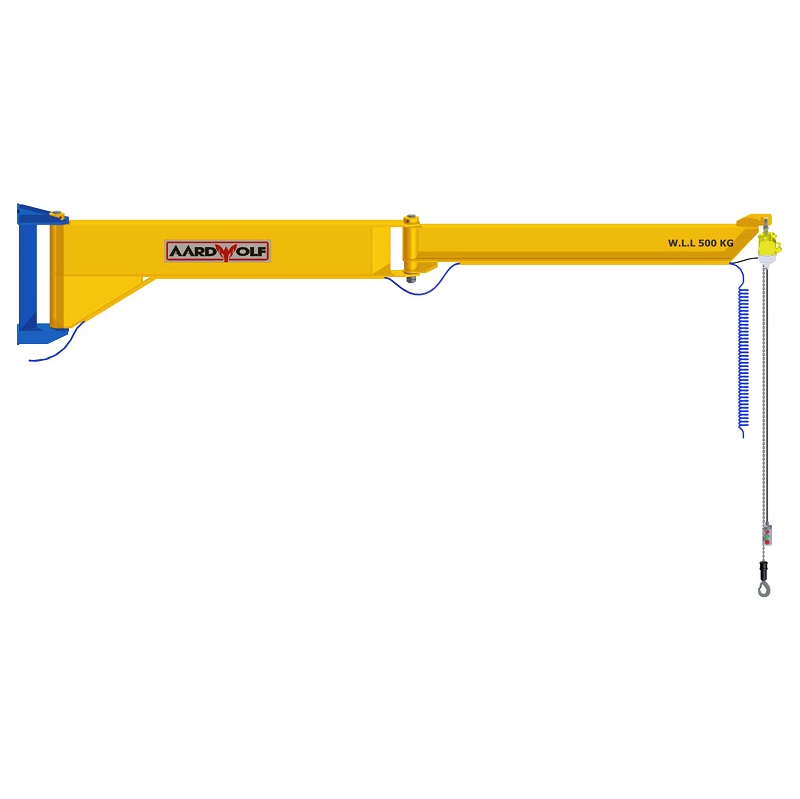
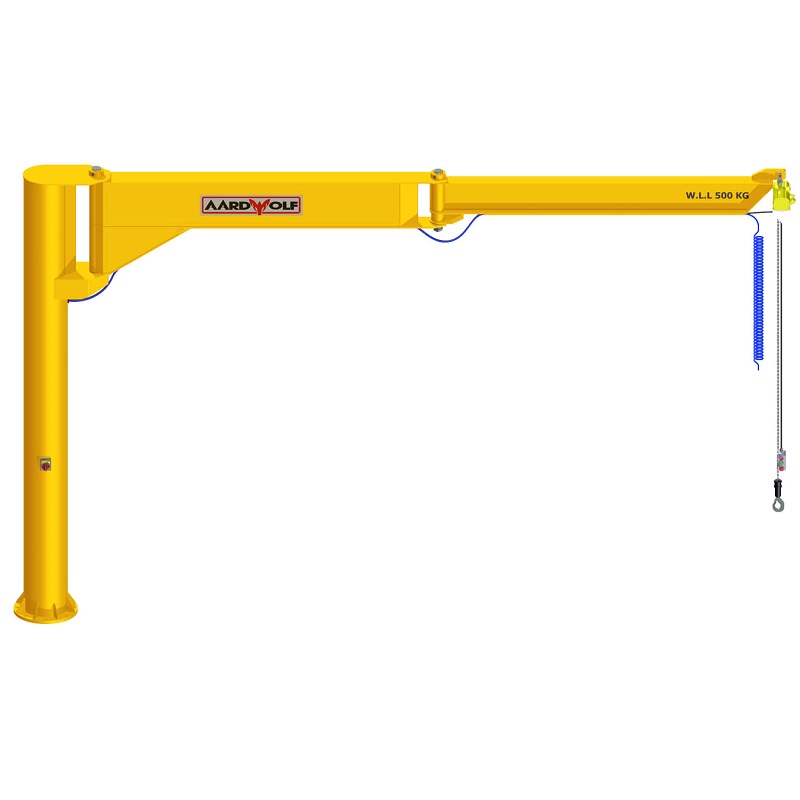
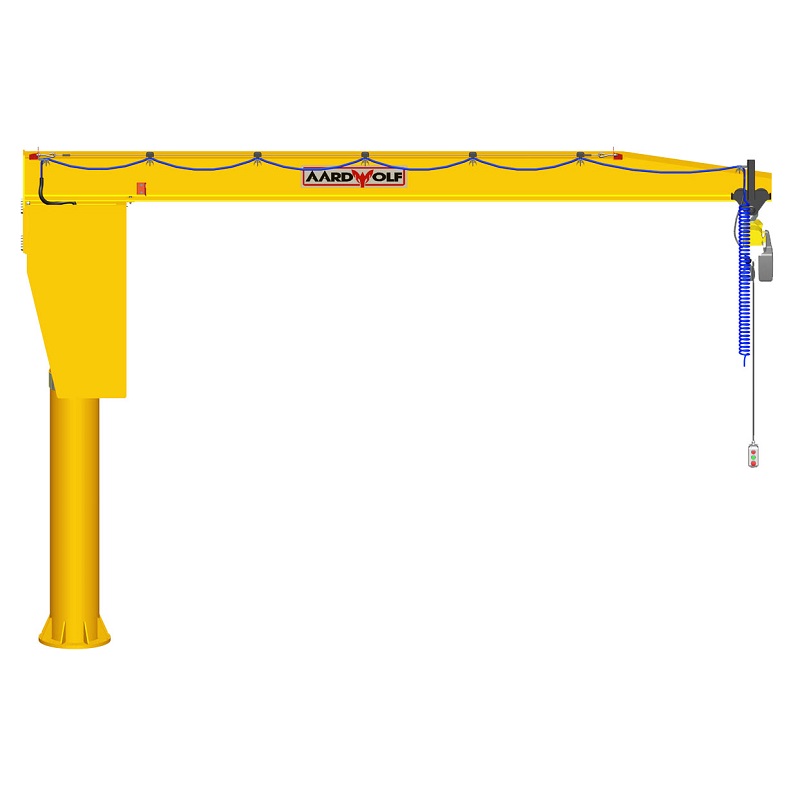
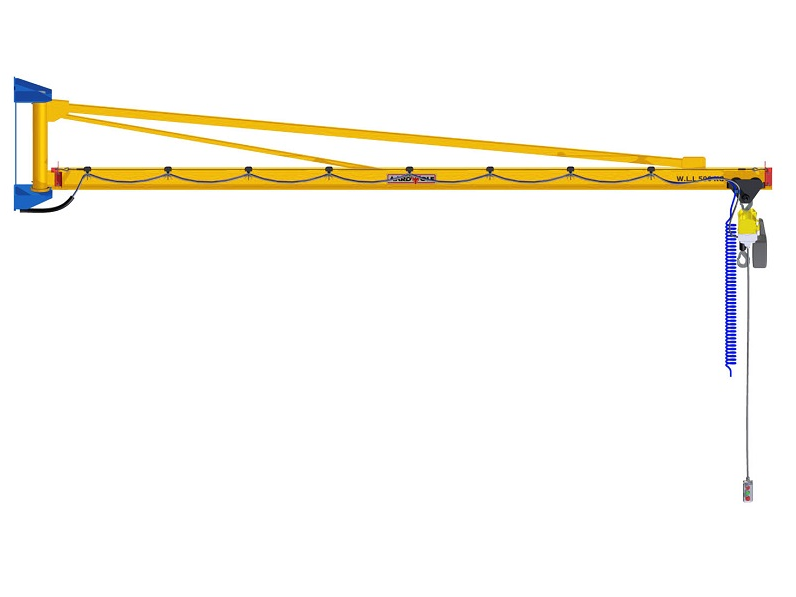

Please log in to leave a comment.